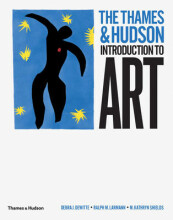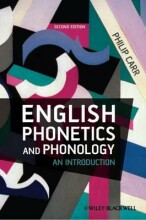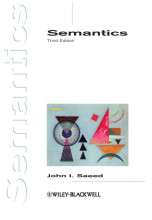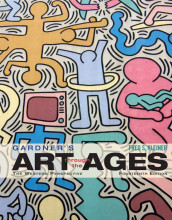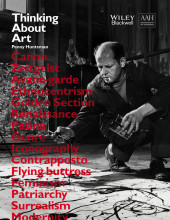History and Context - Art of Renaissance and Baroque Europe (1400-1750) - The Early Renaissance in Italy
6 important questions on History and Context - Art of Renaissance and Baroque Europe (1400-1750) - The Early Renaissance in Italy
How was the human body depicted in the Renaissance?
Who invented the linear perspective?
What was a humanist in the Renaissance?
- Higher grades + faster learning
- Never study anything twice
- 100% sure, 100% understanding
How did one become an artist in the Renaissance?
What were the two problems with art until the early Renaissance?
2. There was no word for art.
What were the rules of Renaissance art based on?
The question on the page originate from the summary of the following study material:
- A unique study and practice tool
- Never study anything twice again
- Get the grades you hope for
- 100% sure, 100% understanding



















